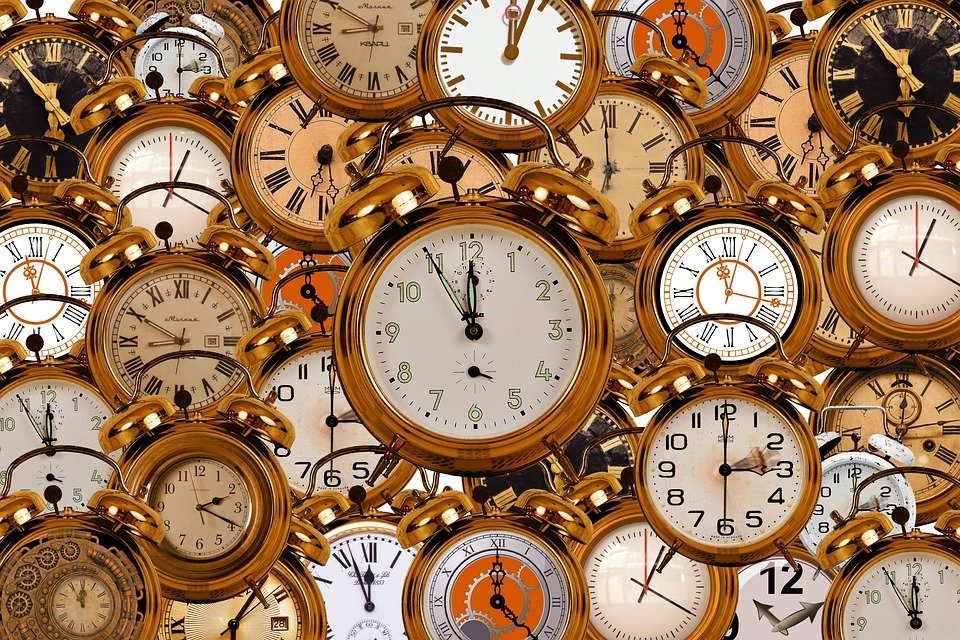Title: The Science behind Ball Energy: How it’s Revolutionizing Athletic Performance
Introduction
The sports industry is continuously exploring new ways to enhance athletic performance and gain a competitive edge. One such innovation is the concept of ball energy – a term used to describe the energy generated and stored within a sports ball during play. This energy is harnessed by athletes to improve their performance, particularly in sports like soccer, basketball, and tennis. In this article, we delve into the science behind ball energy and how it is revolutionizing athletic performance.
Understanding Ball Energy
In the world of physics, energy is defined as the capacity to do work. In sports, energy is transferred between players and the ball during play. Ball energy refers to the kinetic and potential energy stored within a sports ball as it moves through the air or bounces off surfaces.
Kinetic energy is the energy an object possesses due to its motion, and potential energy is the energy an object possesses due to its position or condition. In sports, the energy transfer between players and the ball is continuous, with the ball gaining or losing energy as it interacts with players, the playing surface, and the environment.
The Physics of Ball Bounce
A critical aspect of ball energy is how it affects the ball’s bounce, which plays a significant role in athletic performance. The bounce of a ball is determined by its coefficient of restitution (COR), which measures the energy-conserving properties of a collision between the ball and another surface.
The COR ranges between 0 and 1, with a COR of 1 representing a perfectly elastic collision, where no energy is lost, and a COR of 0 representing a perfectly inelastic collision, where all energy is lost. In reality, most sports balls have a COR between 0.6 and 0.9. The higher the COR, the better the ball bounces, and the more energy it retains.
The Ideal Ball Energy for Optimal Performance
There is no “one size fits all” when it comes to the ideal ball energy for every sport. Different sports require different ball properties to maximize performance. For example, in soccer, a ball with a higher COR will bounce more, making it more challenging for players to control and increasing the likelihood of injuries from heading the ball. Conversely, in basketball, a ball with a higher COR will enhance dribbling and improve the overall game flow.
Manufacturers are continually working on developing sports balls with the optimal energy properties for each sport. This involves experimenting with materials, inflation pressure, and surface texture to achieve the desired balance between bounce, control, and durability.
The Impact of Ball Energy on Athletic Performance
Harnessing ball energy can significantly impact an athlete’s performance in several ways:
1. Improved control and accuracy: A ball with the optimal energy properties allows athletes to have better control over the ball, enhancing their ability to execute precise passes, shots, and dribbles.
2. Increased power and speed: When a ball retains more energy, it can be struck with greater force, translating to increased power and speed in shots and passes.
3. Enhanced endurance: By optimizing the ball’s energy properties, athletes can minimize energy wastage during play, reducing fatigue and allowing them to perform at a high level for more extended periods.
4. Injury prevention: Understanding and harnessing ball energy can help athletes avoid injuries caused by excessive force or impact, such as concussions from heading a soccer ball or sprains from landing awkwardly after jumping for a basketball.
Conclusion
The science behind ball energy is a fascinating and evolving field that has the potential to revolutionize athletic performance across various sports. By understanding and harnessing the energy properties of sports balls, athletes can improve their control, power, and endurance while reducing the risk of injury. As sports science continues to advance, we can expect even more innovations in ball energy and athletic performance in the coming years.

